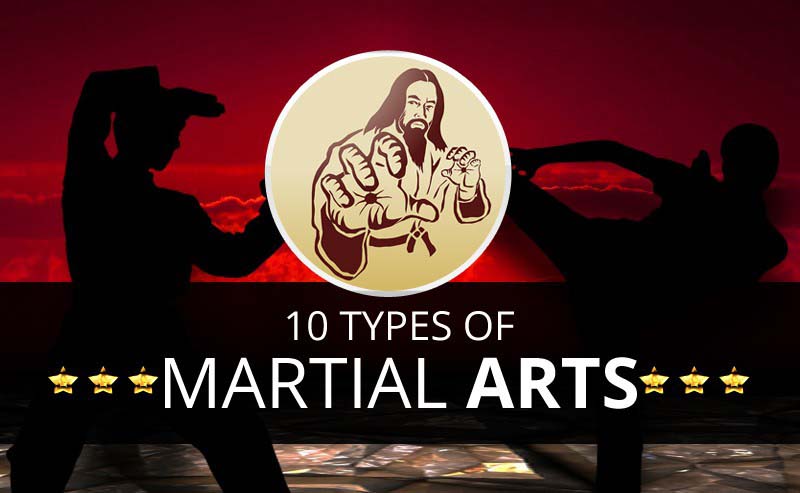Discovering The Differences In Between Typical Martial Arts And Contemporary Fight Sports
Discovering The Differences In Between Typical Martial Arts And Contemporary Fight Sports
Blog Article
Content Writer-McGinnis Hovgaard
When you consider martial arts, do you lean extra toward the standard practices or the contemporary battle sporting activities? Each path offers special advantages and experiences, formed by their approaches and training techniques. Traditional martial arts highlight personal development and discipline, while contemporary fight sporting activities concentrate on competitors and efficiency. Recognizing these distinctions can direct you in choosing the right technique for your journey. Yet how do these differences manifest in training and ideology?
The Ideology and Background Behind Typical Martial arts
While many people connect martial arts with physical combat, the approach and background behind standard martial arts run much deeper. You'll locate that these disciplines stress individual growth, technique, and respect.
Originating from old methods, traditional martial arts were often established for Self-Defense and spiritual development. martial arts doncaster symbolize concepts such as equilibrium, consistency, and self-discipline, leading professionals past simple combating abilities.
As you train, you'll not just find out strategies however also get understandings into the society and values that formed these arts. The routines and traditions, commonly given with generations, foster a feeling of area and belonging.
The Affordable Nature of Modern Battle Sports
Modern combat sports have actually changed the landscape of martial arts into a very competitive field, where athletes face off in a test of ability, method, and endurance.
You'll observe that competitors are commonly organized with rigorous regulations and regulations, guaranteeing justice and security. These occasions draw in huge audiences, fueling the enjoyment and strength of matchups.
Professional athletes educate carefully, not just for physical expertise but additionally for mental durability, understanding that every information counts in the ring. The adrenaline thrill during competitions is apparent, as boxers push their limitations to declare triumph.
Fans value the athleticism and creativity included, making modern-day combat sports a thrilling phenomenon that remains to develop and astound enthusiasts worldwide.
Training Techniques and Methods: A Comparative Analysis
The affordable environment of contemporary battle sports needs ingenious training methods that vary significantly from standard martial arts.
In modern-day training, you'll concentrate on particular methods, competing, and conditioning, usually making use of drills that mimic genuine fight situations. https://elementsmartialartskids66531.blogrenanda.com/41430351/striking-the-perfect-stability-between-speed-and-precision-in-fighting-styles-guideline 'll see an emphasis on quantifiable efficiency and frequent competitors to examine your skills.
In contrast, standard martial arts focus on forms, katas, and philosophical mentors, often stressing self-control and regard over competitors.
is martial arts good for autism is usually less extreme and might involve repetitive method rather than real-time sparring.
While both methods construct ability and health and fitness, contemporary combat sports offer a more dynamic and versatile training setting, preparing you for prompt difficulties in the ring or cage.
Pick the course that straightens with your goals and passions.
Conclusion
In selecting in between typical martial arts and modern-day fight sporting activities, it truly boils down to what you value most. If you're trying to find personal growth, self-control, and a sense of area, conventional arts could be your finest fit. However if you prosper on competition and real-time challenges, modern combat sporting activities could be the way to go. Eventually, both courses supply one-of-a-kind advantages, so it's everything about aligning your training with your individual objectives and passions.
